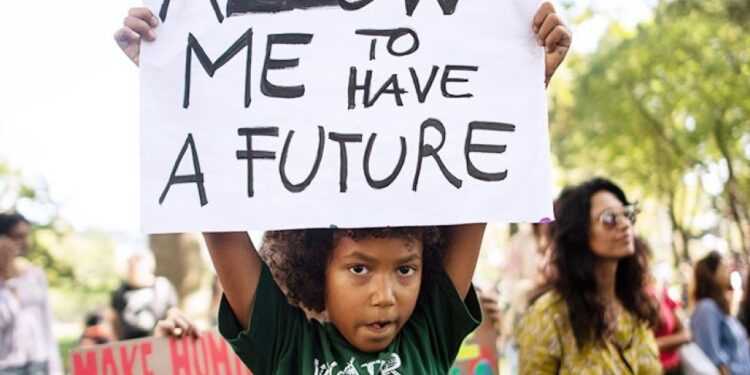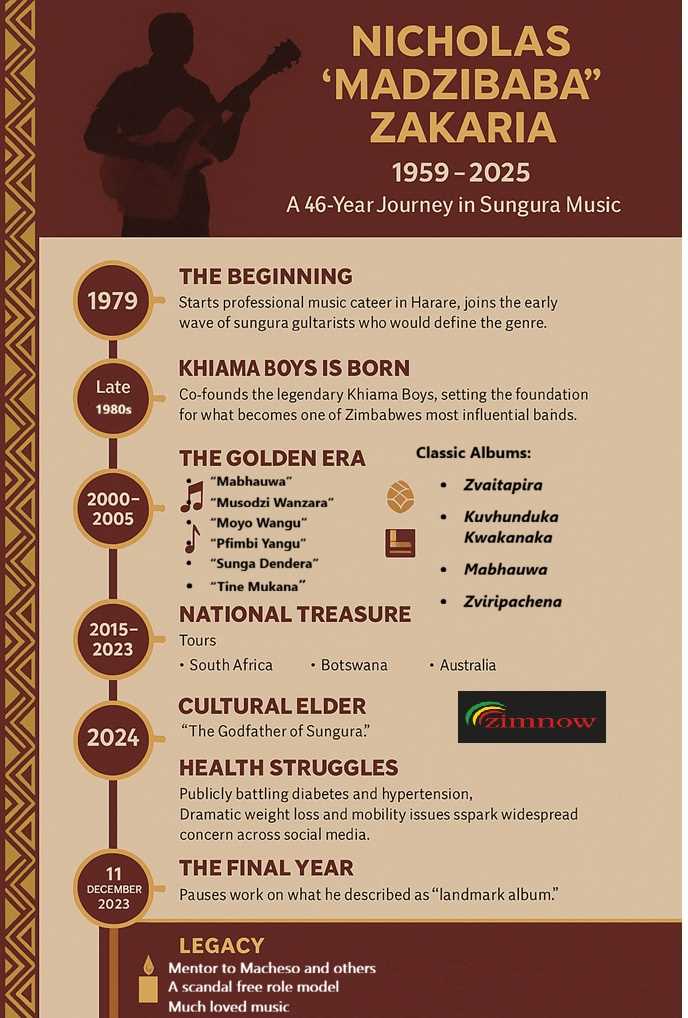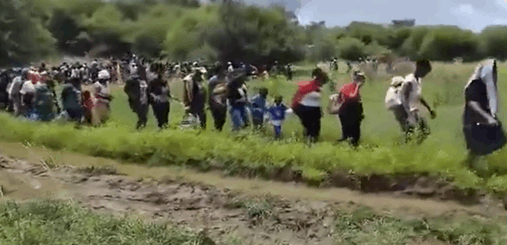
In the words of UNICEF, “This is the first time a global generation of children will grow up in a world made far more dangerous and uncertain as a result of a changing climate and degraded environment.” The urgency of this statement cannot be overstated, as we witness the unfolding consequences of climate change, environmental degradation, pollution and so much more, it becomes increasingly clear that effective responses to climate change are imperative to protect children and fulfil their rights.
At its core, environmental child rights recognize the interdependence between environmental sustainability and the realization of children’s rights. A healthy environment is not only essential for children’s physical and mental health but also plays a crucial role in shaping their future prospects and opportunities. Access to clean air, safe water, nutritious food, and adequate sanitation are fundamental components of environmental child rights, ensuring that children can thrive and reach their full potential.
Moreover, environmental child rights encompass the right to participate in decision-making processes that affect the environment, empowering children to become active agents of change in their communities and beyond. By involving children in environmental advocacy and action, we not only protect their rights but also foster a sense of stewardship and responsibility towards the planet they will inherit.
Varied child rights focused organisations across the world including terre des hommes- Germany and locally we have witnessed the likes of Regional Network of Children and Young People Trust (RNCYPT) at the forefront of advocating for a paradigm shift, emphasizing the interdependence of environmental protection and child rights. Every child deserves to grow up in a safe environment, to lead a healthy life, and to have positive future prospects. These fundamental rights are enshrined in international conventions such as the United Nations Convention on the Rights of the Child (UNCRC), the African Charter on the Rights and Welfare of the Child (ACRWC), and even in national constitutions like our own, which explicitly articulate environmental rights in section 73.
It is undeniable: the environmental crisis is a child rights crisis. Today, children’s lives are at an even higher risk of threat due to the escalating impacts of climate change. According to a report by UNICEF, Southern Africa is experiencing some of the most severe consequences of climate change, with rising temperatures, erratic rainfall, and increasing frequency of extreme weather events. This has led to significant challenges in accessing safe water and sanitation, exacerbating the risk of waterborne diseases and malnutrition among children. In fact, approximately 2.5 million children under the age of five in Southern Africa are estimated to be at risk of acute malnutrition due to climate-related food insecurity.
The impact of climate change on education in the region is staggering. According to the World Bank, an estimated 9.5 million children across Southern Africa are at risk of disrupted education due to climate-related disasters. Cyclones, floods, and droughts often destroy schools and infrastructure, forcing children out of school and depriving them of their right to education. This not only hampers their academic progress but also perpetuates cycles of poverty and inequality.
The health implications of climate change on children in Southern Africa are equally concerning. The World Health Organization (WHO) reports that rising temperatures and changing weather patterns contribute to the spread of vector-borne diseases such as malaria and dengue fever, posing a significant threat to children’s health and well-being. Furthermore, heatwaves and extreme weather events increase the risk of injury and death among children, particularly those living in vulnerable communities with limited access to healthcare and resources.
Related Stories
In terms of displacement and migration, climate change is driving internal and cross-border displacement in Southern Africa. According to the Internal Displacement Monitoring Centre (IDMC), an estimated 3.3 million people were displaced by climate-related events in the region between 2008 and 2018, with children disproportionately affected. Forced displacement disrupts families and communities, exposing children to heightened risks of exploitation, violence, and psychological trauma.
Coming home to Zimbabwe, the effects of climate change are deeply intertwined with the well-being of children. The country faces recurrent droughts, erratic rainfall, and extreme weather events, exacerbating existing vulnerabilities and threatening the rights of children across the nation. UNICEF estimates that approximately 1.1 million children in Zimbabwe are at risk of food insecurity due to climate-related factors, such as crop failure and water scarcity. Further, climate-related disasters, such as cyclones and floods, have devastated communities and disrupted access to education for thousands of children. Additionally, the health implications of climate change on children in Zimbabwe are profound, with rising temperatures and changing weather patterns increasing the prevalence of waterborne diseases such as cholera and typhoid. The situation is exacerbated by limited access to healthcare facilities and clean water, particularly in rural areas. Without urgent action to address the impacts of climate change, the rights and well-being of children in Zimbabwe will continue to be jeopardized, perpetuating cycles of poverty and inequality for generations to come. However, amidst the challenges lies the greatest opportunity for success—if we act now.
In terms of advocacy on environmental child rights, significant strides have been made. Child rights organisations and young people have successfully pushed for the recognition of the right to a healthy environment, leading to the adoption of a UN resolution at the Human Rights Council in 2021 with a number of allies. Furthermore, the Committee on the Rights of the Child has issued a General Comment 26 with terre des hommes and various partners, offering authoritative guidance on how children’s rights are impacted by the environmental crisis and what governments must do to uphold these rights.
At the grassroots level, local communities and child-led groups are championing the right to a healthy environment through various means, including advocating for local authorities to allocate resources to combat environmental degradation and address challenges facing their communities.
Looking ahead, the road is undoubtedly tough, especially as environmental disasters such as the effects of climate change and El Niño-induced droughts continue to recur. However, this presents an opportunity for collective action to protect the most vulnerable children from looming threats. It is imperative for communities to collectively acknowledge the reality of climate change and take decisive actions to address it through adaptation measures.
Supporting children and young people in advocating for environmental child rights is crucial. Only by recognizing the power of collective action and nurturing the creativity of our youth can we begin to effectively address climate change and ensure a sustainable future for generations to come.
It is time for action, not mere rhetoric. The future of our planet and the rights of our children depend on it.




















Leave Comments